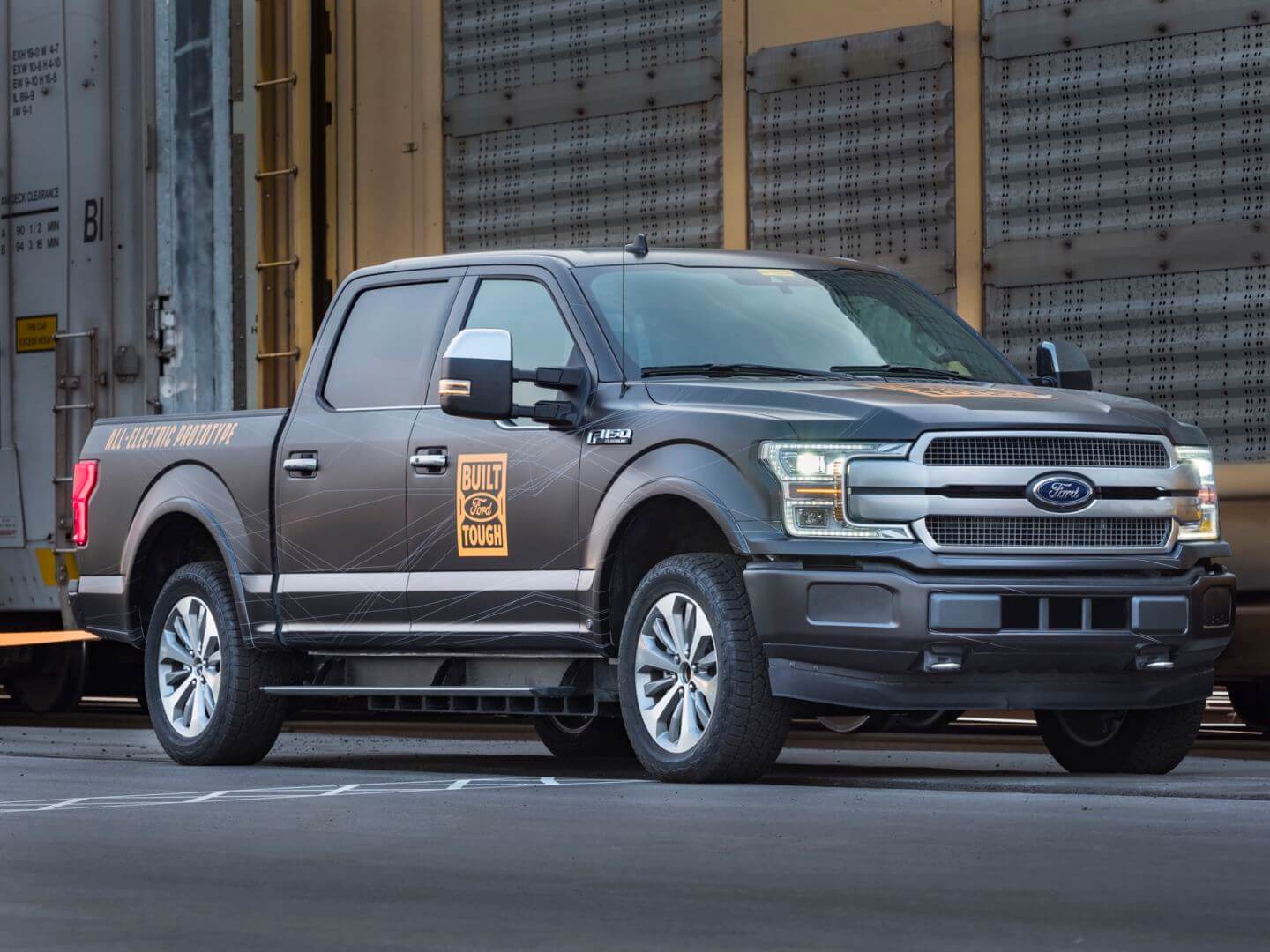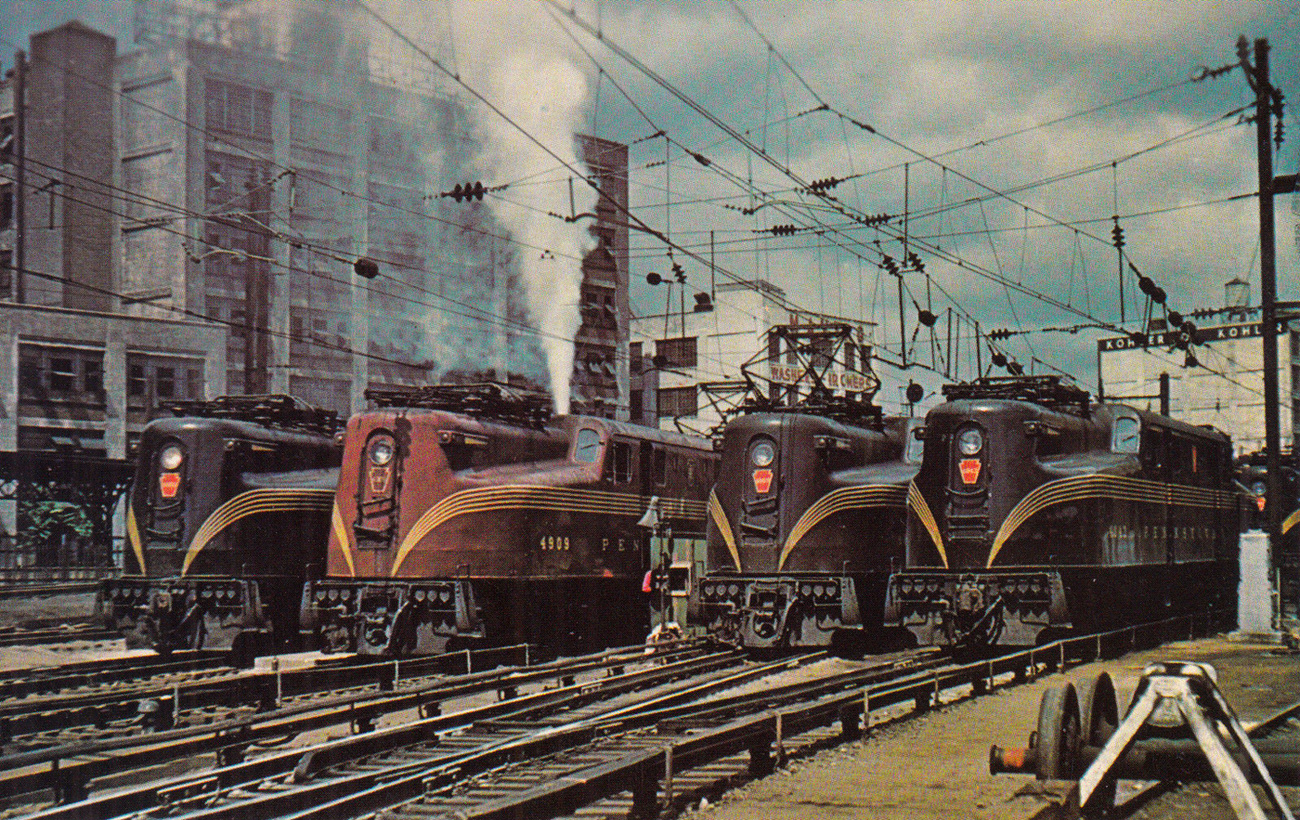Forward-looking: Despite what vehicles like the recently announced 2020 Chevrolet Corvette might suggest, electric vehicles are the future of the automotive industry. Ford’s latest promotional video highlights one of the many advantages of battery electric vehicles – loads of instantly available torque.

In the clip below, Ford tasks an all-electric F-150 prototype with towing 10 double decker freight cars carrying a total of 42 F-150 trucks (one for each of the 42 straight years the F-Series has been the best-selling truck in America). In total, we’re looking at 1.25 million pounds.
This wasn’t simply a snatch and grab job; Ford managed to pull the loaded railyard carts a distance of 1,000 feet.
Before getting any similar ideas of your own, the fine print notes that the prototype is towing far beyond any production truck’s published capacity and that you should never tow beyond a vehicle’s towing capacity.
A Tesla Model X P100D was used to tow a Boeing 787-9 Dreamliner in a publicity stunt last year.
F-150 Chief Engineer Linda Zhang said the prototype will help Ford deliver the all-electric F-150 in the coming years. They're also working on a fully electric, Mustang-inspired SUV that could rival other top SUVs like the aforementioned Model X and the Hellcat-powered Jeep Trackhawk.
https://www.techspot.com/news/81091-ford-all-electric-f-150-prototype-tows-125.html
